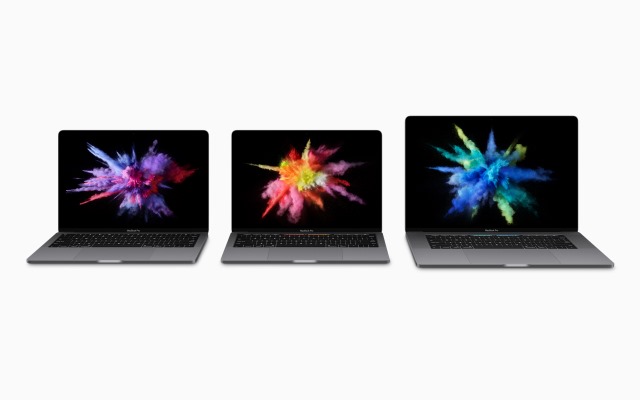Why did Apple limit the MacBook Pro (2016) to 16GB RAM? Battery life

The recently unveiled MacBook Pro (2016) complete with its Touch Bar has been praised and criticized in just about equal measure. One of the biggest criticisms levelled at Apple is that RAM is limited to 16GB. Why such a cap on a professional device?
Apple has revealed that the reason for the limit is nothing to do with -- as some may have suspected -- keeping costs down (as if!), but rather due to concerns about battery life. The reasoning may be fairly sound, but the full explanation may not be enough to silence critics completely.
Speaking to MacDaddy Apple's Phil Schiller explains that increasing the amount of supported memory would mean using RAM that consumed more power. RAM with higher power consumption means shorter battery life. It was a balancing act. But there is more to the decision, as Schiller explains:
The MacBook Pro uses 16GB of very fast LPDDR memory, up to 2133MHz.
To support 32GB of memory would require using DDR memory that is not low power and also require a different design of the logic board which might reduce space for batteries. Both factors would reduce battery life.
He had previously said: "To put more than 16GB of fast RAM into a notebook design at this time would require a memory system that consumes much more power and wouldn’t be efficient enough for a notebook". His latest statement really just expands upon his initial explanation, presumably in the hope that it will convince complainers that the right decision was made.
Which side of the fence do you fall? Would you rather the RAM had been increased, or are you happy with less memory and longer battery life?
